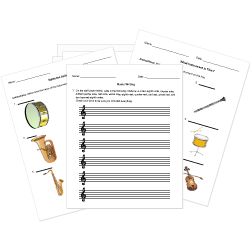Baroque - 1600-1750 Questions - All Grades
You can create printable tests and worksheets from these Baroque - 1600-1750 questions! Select one or more questions using the checkboxes above each question. Then click the add selected questions to a test button before moving to another page.






